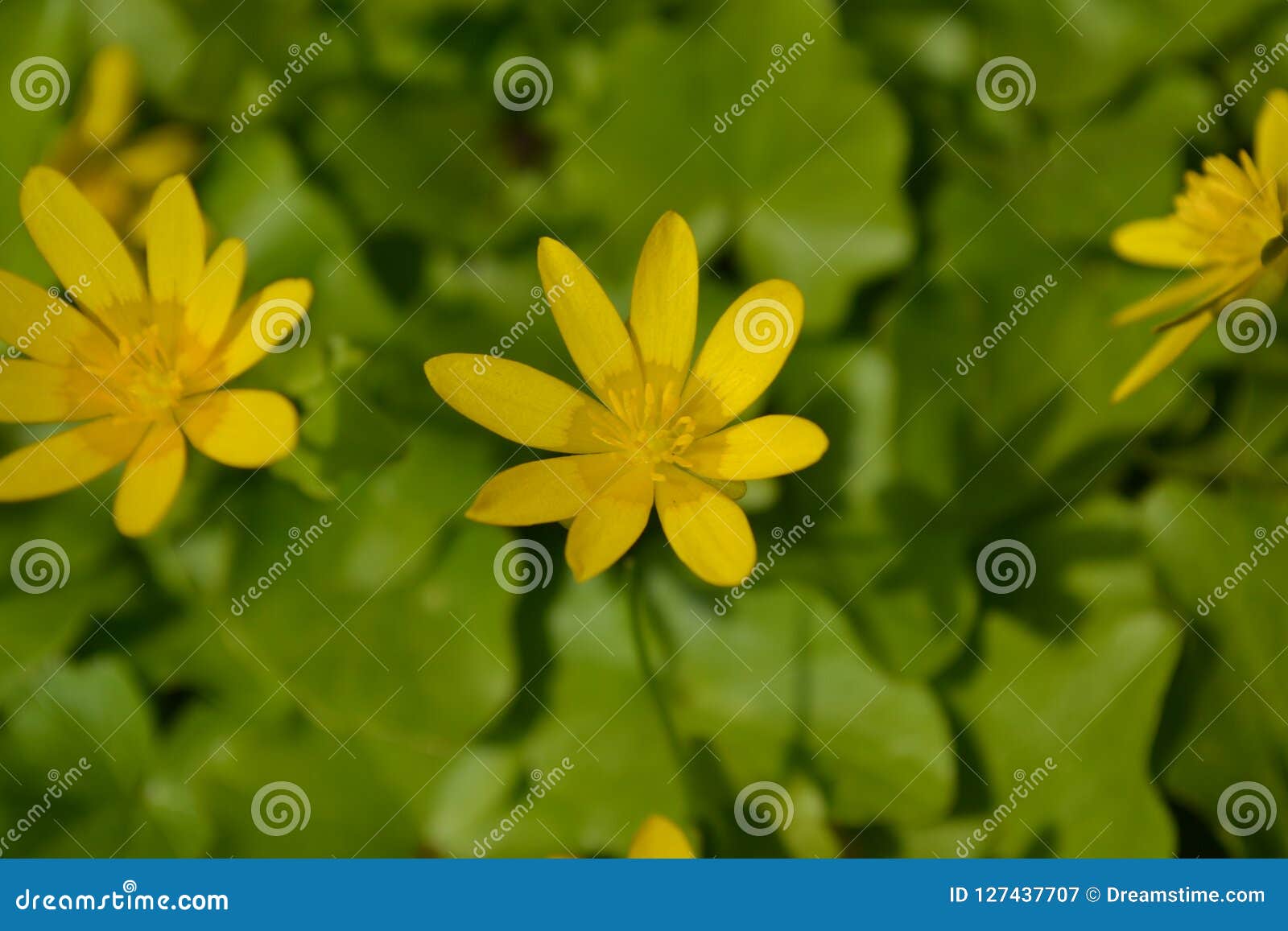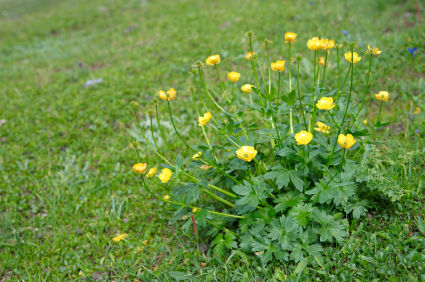


On this page: Ranunculus Basics | Buying Tips | Planting Guide | Pictures | Ideas for Using Ranunculus “With so many wonderful qualities - tall stems, double-ruffled blooms, a light citrusy rose fragrance, high productivity, and one of the widest color ranges imaginable - it is impossible not to fall head over heels for these beauties,” says grower and floral designer Erin Benzakein, author of Floret Farm's Cut Flower Garden: Grow, Harvest & Arrange Stunning Seasonal Blooms. Although ranunculus is a frost-tender tuber, it can be grown as an annual in most climates, and the bulbs are inexpensive and widely available at many nurseries and mail-order suppliers. But if you’re an admirer of ranunculus and have been longing to grow your own, it’s easier than you might think. These show-stopping spring bloomers have long been a favorite of commercial florists because of their brilliantly colored flowers and long vase life. They prefer much drier conditions similar to that found in Southern California.Unless you live in a mild Southern California climate, you are more apt to see ranunculus (Persian buttercups) in a floral shop or bridal bouquet instead of growing in your neighbor’s garden. The one drawback of the plant is that too much water can be lethal. They prefer sunny conditions with soil that drains well. They are similar to Gladiolus and can be lifted in the fall and stored to be planted again the following spring. The corms are planted in the spring or in the fall in warmer garden zones. They are native to South Africa and bloom in early summer. It grows 10 to 12 inches tall and comes in colors including red, orange, yellow and white. Sparaxis is also called Harlequin Flower or Wand Flower. They are treated as perennials in warmer gardens but are best treated as annuals elsewhere. Ranunculus are bulbs that should be planted in soil that drains well as they will rot if they are left in standing water. In cooler zones, they are planted in the spring for blooms that arrive in time for the cooler temperatures of the fall. In warmer garden zones they can be planted in the fall for blooms the following spring. The flowers can last for weeks and are particularly well suited for containers. Ranunculus have blooms that resemble a rose and are used frequently in floral arrangements and bouquets. They come in a variety of colors and require little care once they are planted. After they finish blooming the foliage, which is often attractive in its own right, should remain in place to gather strength so the bulb can be stored and planted again next spring. It can be used as a bedding plant but I think it looks best when planted in containers where it can spill over the edges of the pot. The bulbs are small so they only need to be planted 1 to 1 ½ inch deep and 3 inches apart. It requires sunny conditions with soil that drains well.

Oxalis is also referred to as false shamrock. Its blooms are also quite fragrant and it is deer resistant to boot. It prefers sunny spots with soil that is on the dry side and while treated as an annual it can be dug up at the end of the season and stored over the winter to be planted again the following spring. The blooms come in shades of red or pink and it is used both as a bedding plant and in containers. Guernsey Lily is also known as Nerine Lily this bulb produces pretty spider-like blooms in late summer when many other plants have ceased flowering.
#BUTTERCUP FLOWERS APRIL FULL#
They should be planted in full sun but they don’t do well in hot locations which can actually cause their flowers to not open until dusk. They are easy to plant from seed and are rarely bothered by diseases or pests. They are also sometimes known as Mirabilis which refers to the diversity of flower colors that can be found on a single plant. About the only thing, they are not suitable for is as a cut flower because as their name suggests their flowers don’t open until late in the afternoon. If you have experience growing any of these plants, let us know on our Facebook page.įour O’Clocks are colorful annuals that are quite versatile as a bedding or container plant. Several of our April selections have multiple names, so you might not know it by the one we have selected.


 0 kommentar(er)
0 kommentar(er)
